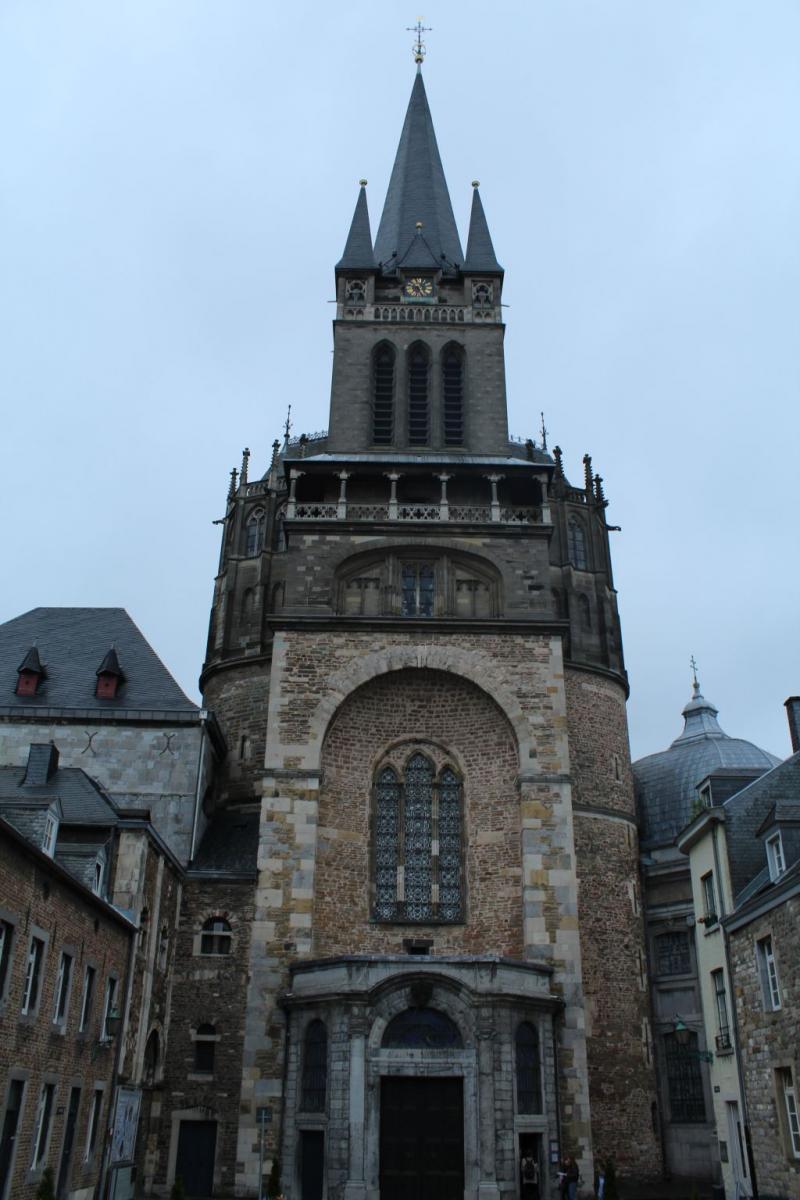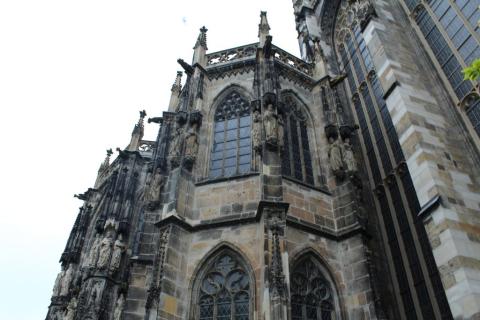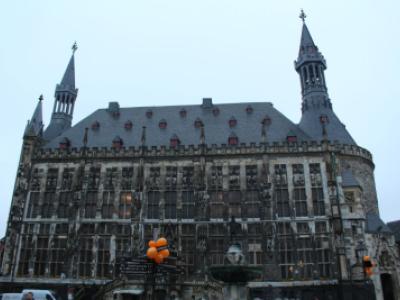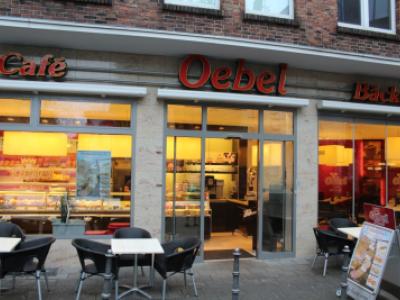As I already stated in my previous blog post about Gothic Aachen Town Hall (Rathaus) in Germany this was my first time in Aachen and I had little not to say no clue what to see here. After a lovely breakfast at Oebel Backerei we decided to spend a few more minutes in this German town of Aachen. Then we discovered Aachen's Town hall and then shortly we found this magnificent Cathedral.
Unfortunetly during our visit here, the church were closed because of church service was held. Anyway I decided to take a few images here, and you can see the result bellow:

Aachen's Cathedral
Just like Aachen's Town hall this cathedral also is made in style of Gothic.

Wall sculptures

Wall sculptures

Sculpture at Cathedral's garden

Mini version of Aachen Cathedral for blind people
Now this is the feature I noticed first time, I mean that's amazing blind people can touch and feel how does this Cathedral actually looks like. (at least I believe that this mini version is aimed for blind people)

Aachen cathedral on UNESCO World Heritage List
Information in both German and English about Cathedrals history and the fact that it's listed on UNESCO World Heritage List since 1976

Front view of Aachen Cathdedral
About Aachen Cathedral
Aachen Cathedral, frequently referred to as the "Imperial Cathedral" (in German: Kaiserdom), is a Roman Catholic church in Aachen, Germany. The church is the oldest cathedral in northern Europe and was known as the "Royal Church of St. Mary at Aachen" during the Middle Ages. For 595 years, from 936 to 1531, the Aachen chapel was the church of coronation for 30 German kings and 12 queens. The church is the episcopal seat of the Diocese of Aachen.
Charles the Great (Charlemagne) began the construction of the Palatine Chapel around 796, along with the building of the rest of the palace structures.The construction is credited to Odo of Metz. It suffered a large amount of damage around 881, by the Northmen and was restored in 983. In the 14th and 15th centuries, Gothic additions were added, including the choir in 1355. It was restored again in 1881. The core of the cathedral is the Carolingian Palatine Chapel, which is notably small in comparison to the later additions. In order to sustain the enormous flow of pilgrims in the Gothic period a choir hall was built: a two-part Capella vitrea (glass chapel) which was consecrated on the 600th anniversary of Charlemagne's death. A cupola, several other chapels and a steeple were also constructed at later dates.
In 1978, it was one of the first 12 items to make the entry into the UNESCO list of world heritage sites, as the first German and one of the first three European historical ensembles. The cathedral uses two distinct architectural styles. First, the Palatine Chapel of Charlemagne, modeled after San Vitale at Ravenna and considered to be Carolingian-Romanesque. Secondly, the choir in the Gothic style.
The organ system of Aachen Cathedral was installed in 1939. It consists in part of the earlier organ, installed 1845-1847, which was built by the organ builder Wilhelm Korfmacher of Linnich. This Korfmacher organ had 60 stops, distributed in three works.


